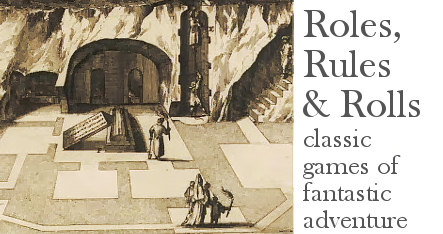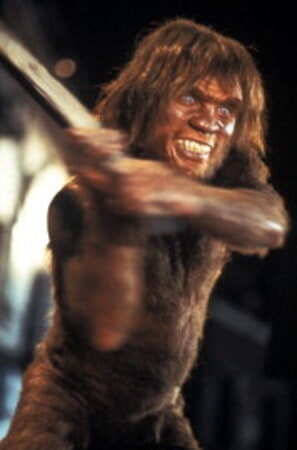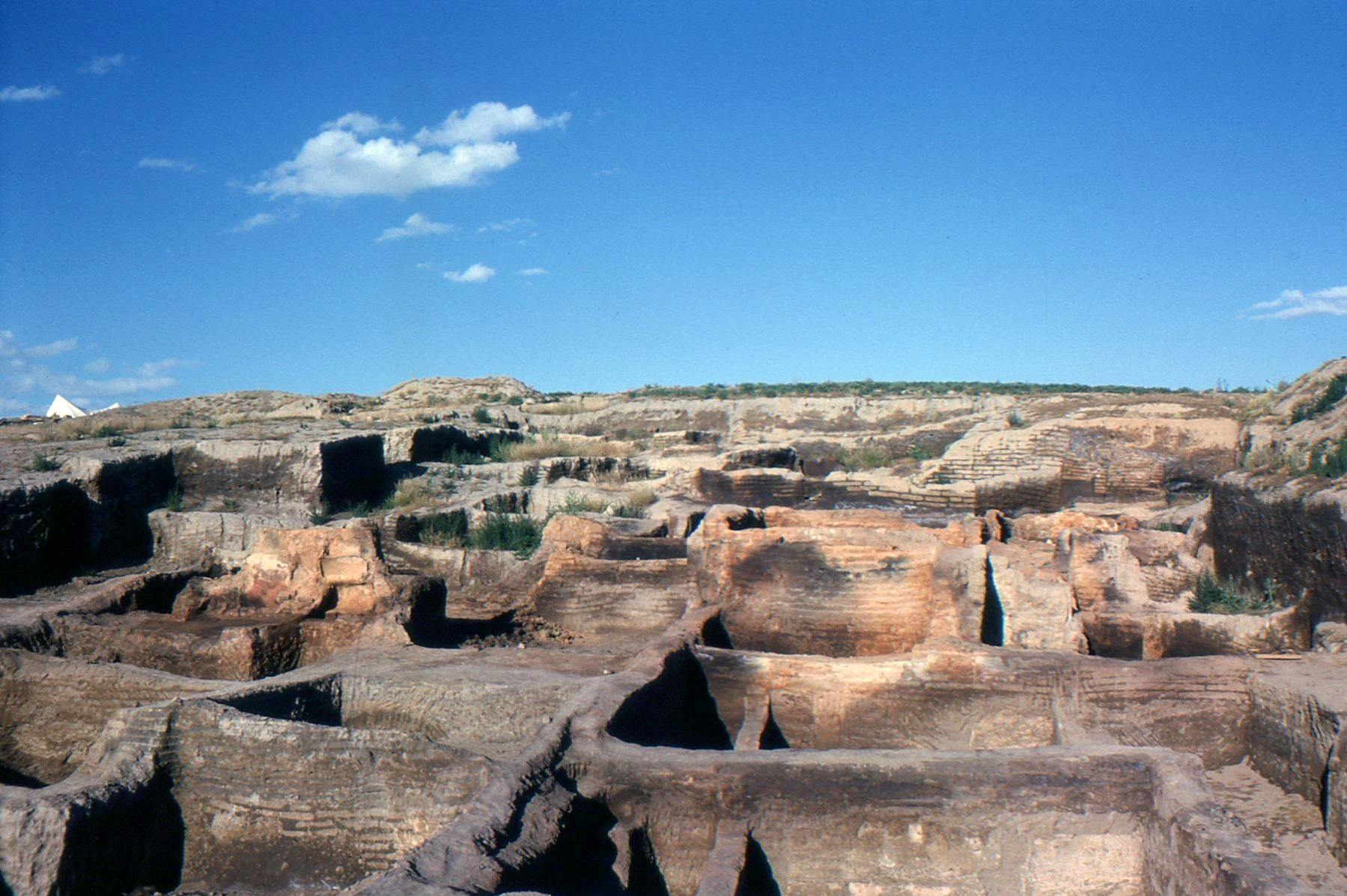This is part of a series of posts with a scene-by-scene critique, appreciation, and improvement of the 1986 TSR module B10, Night's Dark Terror.
After Xitaqa, the players are finally released from the chain of time-sensitive adventures leading to the rescue of Stephan Sukiskyn. It's up to you how much breathing room they get, to go on some of the side adventures mentioned earlier. But logically, the Sukiskyn family would be very eager to get their 24 white horses sold before too much time passes. Nor would they be at all happy to see the adventurers, still bound by their agreement with Stephan, march off to raid some goblin lair or haunted tomb, never to return.
 |
| CC Public Domain 1.0 image from PickPik |
The power to resist the family's pressure lies in the hands of the players, but they also have a powerful lure to make the journey. For there's easy money in it without any obvious hazards -- 50% of the sale price, if they succeeded in returning Stephan alive, and even after the recovery of his dead body they'll probably be cut in for 25%. But is the journey to the market site, the elven trading post of Rifllian, uneventful? Of course not! There are four keyed encounters along the way. All of these, in one way or another, expose the party to the ongoing plots of the Iron Ring.
1. Ambush at Misha's ferry. After the possibility of an uneventful but sentimental last encounter with Misha's bear, there's an Iron Ring attack set up at this crossing point, with a force almost identical to the very first encounter on the river.
Let's imagine what's going through the minds of these shadowy overlords as they try to put an end to your ever-so-inconvenient heroes. The river attack failed, but they can blame it on the added forces of Kalanos, his men, and the walls of the riverboat. The siege of Sukiskyn failed, but there was the whole combat-ready family in addition, and again, fortifications. It just about makes sense that the baddies would think a force totalling 13 hit dice (in Basic D&D) would have a chance against the party, alone (but for Stephan and Taras) and in the open. But by now the total party levels should number 12-18, plus 8 levels in Stephan and Taras.
This ambush should be easily winnable by the heroes. If its failure becomes known to HQ, by survivors reporting back, or by the dead being discovered, the Iron Ring as an intelligent organization should know that a bigger force is going to be needed to take the good guys down. Mostly, this logic is followed in the rest of the adventure, but never to its ultimate conclusion. Maybe that's just standard Bond-villain procedure applied to the fiction of adventure gaming. To strike from complete surprise, with numbers that cannot be defeated, would be profoundly unfair to the players.
2. Raid the Iron Ring camp. On the trail across the moors to the gnomes' ferry, the party runs into Loshad one more time, who tells them of an Iron Ring slaving camp in the hills. Attacking it would satisfy both Loshad's goals (free mistreated horses) and the party's (free mistreated people). This encounter is tougher, with 28 hit dice worth of foes, but the party might gain surprise. If you think the odds are too much, you might let the players bargain the were-horse into giving fire support. Loshad, as usual, is written well as an NPC. His pro-horse agenda makes dealing with him more prickly than your usual quest-giver.
In this and the previous encounter, it is possible that the party captures Iron Ring personnel and convinces them to talk. This is not covered in the module, which assumes a strict code of silence among this organization. But in fact, through some impressive persuasion and stagecraft of intimidation, my group succeeded in wresting some limited information out of one captive goon. You may want to have the bad guys hold their tongue no matter what. But as I'll argue below, this policy tends to frustrate the natural motivation to go on the offensive.
3. The gnomes' ferry. There's something amusingly Vancian about the gnomes' ability to sniff out a party's wealth and adjust their prices accordingly, even if the well-traveled Stephan would be in a position to warn the party. In running this place I took the opportunity to flesh out the gnomes a little, as well as introduce some more NPCs to the inn which, as they were more campaign-specific, I won't trouble to detail.
Aino Weaselbane is the leader of the gnomes, an attractive and shrewd silversmith with a nose for gold. She pours ale and cooks meals in the kitchen, and will take the lead in bargaining for passage across the river or any other goods, such as silvered weapons.
Jorma Sawleaf, a bard, plays the hurdy-gurdy in the inn. He will take requests for a tip of 2 gold, and will stop playing entirely for 10, unless outbid by someone who inexplicably appreciates his music.
Pekka Waggletop is an idler, drunk, and pub crank of the first order. If so much as looked at, he will launch into his crazy ideas about slaver conspiracies and evil wizards. By chance, he is right, but only by chance.
Vallo Gimbletooth is the waiter, a retired pit fighter with the scars and broad-bladed shortsword to show for it. Naturally, he also takes the role of security for the inn.
Symphonia, just Symphonia, is a veiled fortune-teller who uses cards for divination. Her prophecies ("cross my palm with 20 silver") tend to be vague, but one in three is startlingly accurate.
Here, too, there's an encounter with an Iron Ring agent who is smart enough to run from this party, putting them again in the position of initiative as they decide whether to pursue him. Frustratingly, though, there's little to be gained information-wise if they do; thwarting him only slows down the Iron Ring's operation to tail the party a little bit.
4. Meeting with merchants. This encounter just across the river, unlikely to end in combat, introduces two elements to be repeated later on. First, we start introducing one of several temptations to sell part of the white horse herd immediately, rather than hold out for a better deal at Rifllian. Then there's the news -- hardly surprising or worth the asking price -- that Iron Ring agents are specifically searching for the party.
After this last encounter, we end up just a day away from Rifllian, but with a contradiction hanging heavily over the adventure. Night's Dark Terror perfectly illustrates how, in the 1980's, Basic D&D was just one step ahead of its Advanced stable-mate in meeting the need for emotionally engaging adventure stories. Soon afterwards, Dragonlance (with its own, far worse railroading issues) and Ravenloft (better done, for sure) would start to fill that niche for AD&D. But meanwhile, you have the heartbreaking death of Aleena from the Mentzer Basic starter adventure. And in this module, the heartbreaking death of Mish, and after that, all sorts of human woe and destruction visibly served out by the Iron Ring and their goblin stooges.
So, at this point, red-blooded heroes should be raring to take the battle to the enemy and root out the Iron Ring menace. But the adventure, as written, frustrates that aim. Once more, they're put onto the railroad train by one of the Sukiskyn family -- Stephan, who has no interest in seeking revenge against the conspiracy that kidnapped him, menaced his family, and murdered nearly the whole human population of the upper Volaga River. No, his only thoughts are to follow the family treasure map to that mysterious feature shown in the mountains.
This contradiction explains why the rest of the adventure, to me, is unsatisfying. Over the next several encounters, the party will be shadowed and sniped at by Iron Ring forces, but is given no lead to take the initiative. My players weren't having it; a successful interrogation at the slavers' camp gave them the bare minimum information that the Iron Ring had a base under Kelven, and they are currently knee-deep in the first module of TSR's renowned A series, which fits the situation perfectly. The gnomes, the merchant, or documents found at the slavers' camp are also good opportunities to lay down clues for a more attack-oriented campaign.
Because of this not-unwelcome derailment, the next entry will be the last in this series for a while. I'm not going to comment on any scene I haven't played through, and Rifllian was the last scene in B10 that the party played through before getting into a more proactive adventure.








